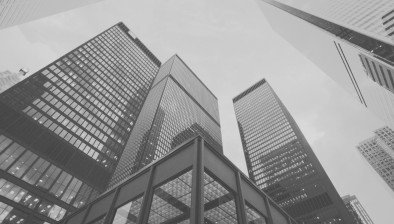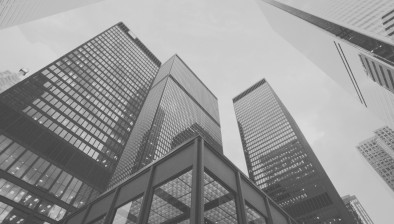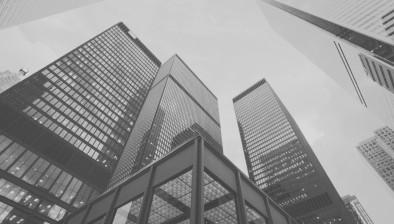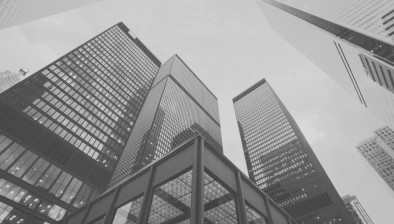V&A Dundee architect sees cliff-inspired vision revealed for first time
 The architect of V&A Museum of Design Dundee said he is “delighted and satisfied” as he saw his vision inspired by Scotland’s cliffs revealed for the first time.
The architect of V&A Museum of Design Dundee said he is “delighted and satisfied” as he saw his vision inspired by Scotland’s cliffs revealed for the first time.
Kengo Kuma visited the £80.1 million project shortly after the removal of a temporary cofferdam which allowed the museum to be built into the water.
The resulting realisation of the façade is a dramatic river-facing front of the museum which juts outs into the River Tay.
For Kengo Kuma, the Japanese architect who also designed the Tokyo 2020 Olympic stadium, this aspect of the building coupled with the reflecting ponds which surround and flow between the two blocks, completes a “continuous waterscape” and brings a sense of nature to the development.

Mr Kuma said: “My inspiration always starts from the place where the project will be. In the past I visited Scotland many times, this very beautiful country, and I’m truly in love with the Scottish landscape and nature.
“I really hope once finished this project will attract many people from the UK, and around the world, to the city and the museum. I hope as well that people from Dundee will use it as an everyday part of their city; that they will go there to enjoy the building with its surrounding public space and find a harmonious relationship between the museum, the riverside, the city and themselves.
“I am delighted and satisfied with what we’ve achieved so far. The realisation of the strong façade is great. We were able to express the dynamic scale of the interior, too – just as we had planned.”
https://vimeo.com/238661709/b1f76c9985
The removal of the cofferdam involved digging out 12,500 tonnes of stone and cutting out a structure of vertical metal sheets which was constructed on the bedrock of the river.
The exterior walls are also complete, with all 2,500 cast stone panels now hung on V&A Dundee’s complex walls, which curve both vertically and horizontally.
These panels were made in moulds, weigh up to two tonnes each and span up to four metres. The size, shape and placement of the panels varies around the building, creating changing patterns of shadows as the sun moves around the museum.
No detail has been considered too small. Each of the windows are positioned to give visitors specific outward views towards the River Tay and its two bridges. Even the smaller windows are placed to provide a shimmering effect as the sunlight bounces off the intricate angles.




















